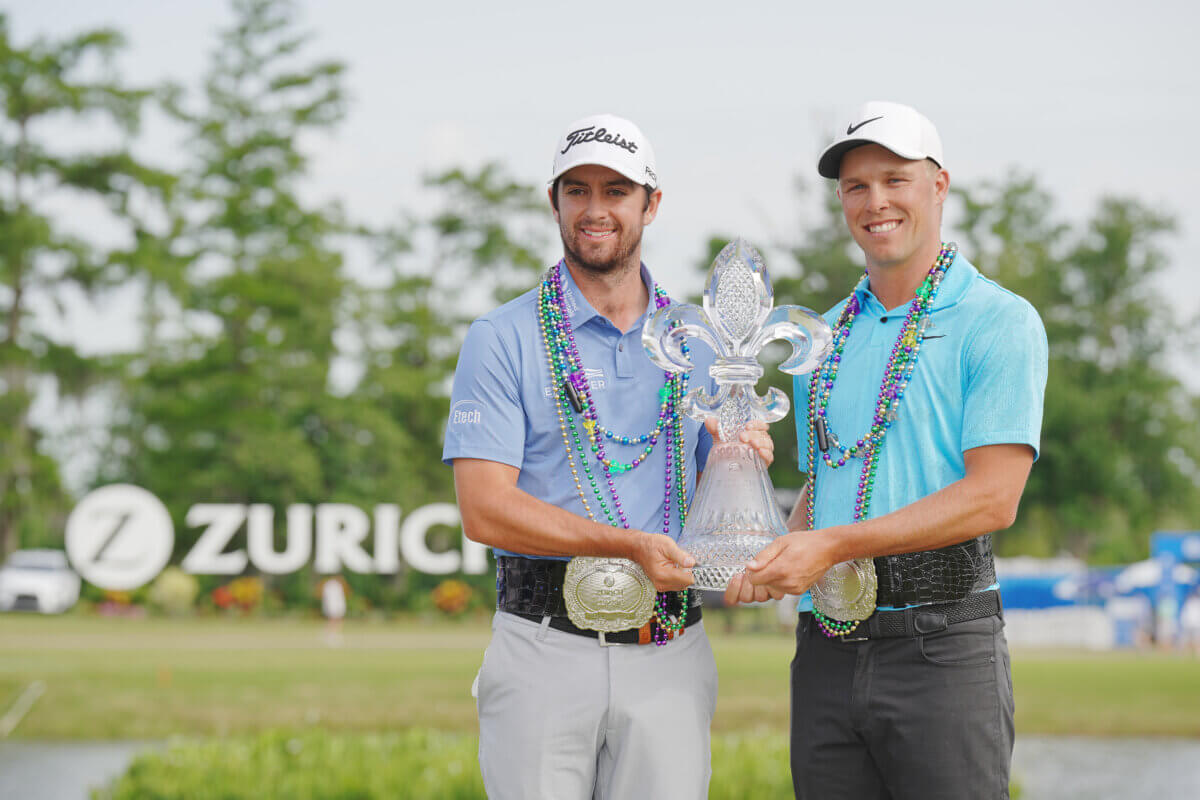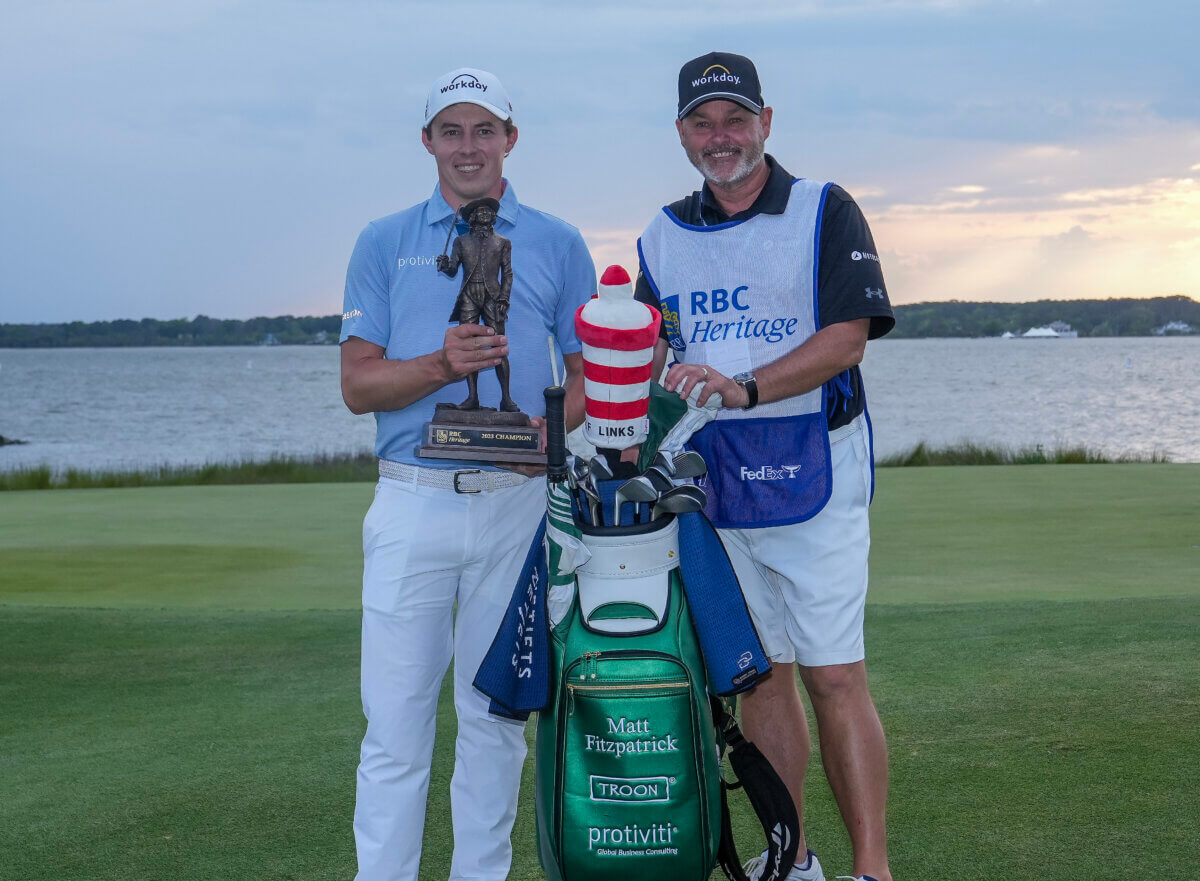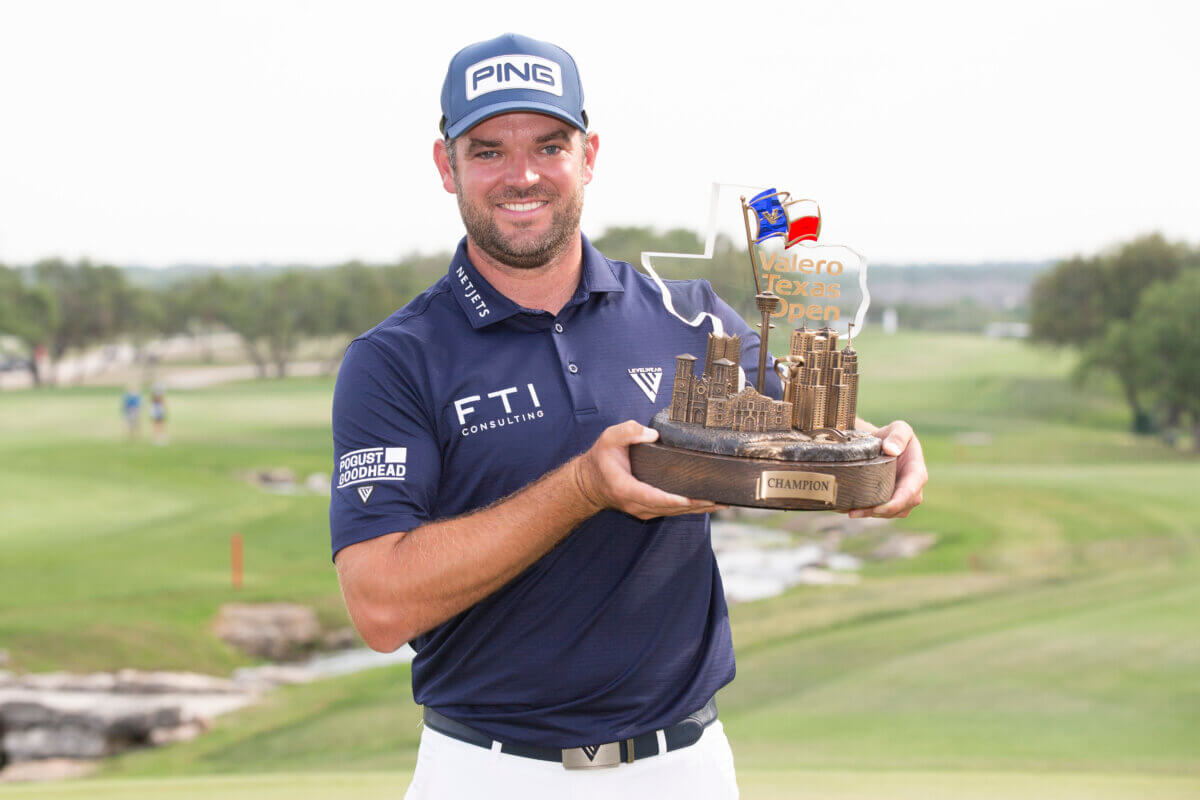Here’s what it’s like for a caddie to take on a new bag on the PGA Tour
Knowing your player’s clubs
“Knowing your player’s capabilities with each club is a huge thing that affects whether a player/caddie team is going to stick,” says Steve Hulka, the 40-year veteran looper of over 150 Tour bags. “As a caddie, you need to know what he can and can’t do.”
And that comes through experience, but also from being assertive.
“The real key is to ask,” Andrew Landry’s caddie, Terry Walker, said. “I’m not afraid to ask new players things like, ‘what are your numbers with every club in the bag?’”
Asking for yardages is something many caddies do, including Farnell.
“Ask, then you observe,” Farnell said, with major emphasis on ‘observe’. “It’s amazing a player’s perspective on how far they hit a 7 iron versus how far they actually hit it.”
Barnes says he sees a major difference in his player’s distances from a Tuesday practice round versus a Thursday round of competition. Many caddies chalk it up to adrenaline, speed and the fire of competition.
But a keen caddie will also point out when they think there’s an inconsistency in the player’s clubs.
“You notice the 8 iron is only going five yards further than the 9, and it’s because you find out the 8 is weak,” Farnell said. “And you can tell your player that.”
Farnell discovered through leg work in the True Temper truck a few years back at the Canadian Open that Cameron Percy’s sand and lob wedge were longer than his 9 iron after hearing his boss complain about his wedge distances.
Percy couldn’t believe he missed that detail.







I’ve Caddied at the club level for years, the statements and advice above holds true for the Amateur level as well. The difference being, we need to analyze our player(s), read them and make adjustments in the first few holes. Our livelihood depends on it:)
Paddy